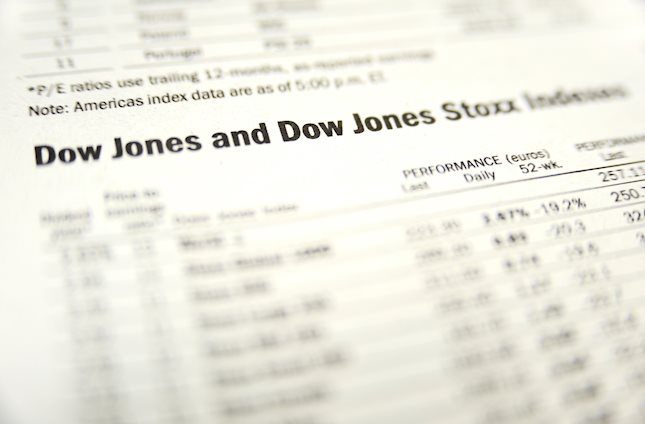NZD/USD softens below 0.5650 on stronger US economic data
- NZD/USD softens to around 0.5635 in Wednesday’s early Asian session.
- The stronger US data suggested the Fed is likely to slow the easing cycle.
- Investors will monitor how aggressive Trump's tariff plans could be when he takes office.
The NZD/USD pair trades with mild losses near 0.5635 during the early Asian session on Wednesday. The upbeat US Services Purchasing Managers Index (PMI) for December suggested that the Federal Reserve (Fed) will likely slow the pace of its easing cycle, supporting the US Dollar (USD). Later on Wednesday, the Minutes of the Federal Open Market Committee (FOMC) will be in the spotlight.
The services sector activity in the United States accelerated in December. Data released by the Institute for Supply Management (ISM) showed that Services PMI increased to 54.1 in December from 52.1 in November. This reading came in stronger than the estimation of 53.3.
Meanwhile, US job openings unexpectedly increased in November, although hiring slowed during the month. US JOLTS Job Openings rose to 8.09 million in November versus 7.83 million prior and came in above the market consensus of 7.7 million.
The reports indicated a generally stable jobs market and a still robust services sector, which might convince the Fed to slow the pace of rate cuts, lifting the Greenback. According to the CME FedWatch tool, the US rate futures market has priced in a 93.5% chance of a pause in rate cuts this month.
Investors will monitor how aggressive President-elect Donald Trump's tariff policies could be when he takes office. Analysts believe that if US tariffs are broadly lower than Trump promised on the campaign trail and aimed only at "critical" sectors, then the outlook for global growth should improve and the USD should weaken. Additionally, the supportive measures from China could boost the Kiwi as China is a major trading partner for New Zealand.
New Zealand Dollar FAQs
The New Zealand Dollar (NZD), also known as the Kiwi, is a well-known traded currency among investors. Its value is broadly determined by the health of the New Zealand economy and the country’s central bank policy. Still, there are some unique particularities that also can make NZD move. The performance of the Chinese economy tends to move the Kiwi because China is New Zealand’s biggest trading partner. Bad news for the Chinese economy likely means less New Zealand exports to the country, hitting the economy and thus its currency. Another factor moving NZD is dairy prices as the dairy industry is New Zealand’s main export. High dairy prices boost export income, contributing positively to the economy and thus to the NZD.
The Reserve Bank of New Zealand (RBNZ) aims to achieve and maintain an inflation rate between 1% and 3% over the medium term, with a focus to keep it near the 2% mid-point. To this end, the bank sets an appropriate level of interest rates. When inflation is too high, the RBNZ will increase interest rates to cool the economy, but the move will also make bond yields higher, increasing investors’ appeal to invest in the country and thus boosting NZD. On the contrary, lower interest rates tend to weaken NZD. The so-called rate differential, or how rates in New Zealand are or are expected to be compared to the ones set by the US Federal Reserve, can also play a key role in moving the NZD/USD pair.
Macroeconomic data releases in New Zealand are key to assess the state of the economy and can impact the New Zealand Dollar’s (NZD) valuation. A strong economy, based on high economic growth, low unemployment and high confidence is good for NZD. High economic growth attracts foreign investment and may encourage the Reserve Bank of New Zealand to increase interest rates, if this economic strength comes together with elevated inflation. Conversely, if economic data is weak, NZD is likely to depreciate.
The New Zealand Dollar (NZD) tends to strengthen during risk-on periods, or when investors perceive that broader market risks are low and are optimistic about growth. This tends to lead to a more favorable outlook for commodities and so-called ‘commodity currencies’ such as the Kiwi. Conversely, NZD tends to weaken at times of market turbulence or economic uncertainty as investors tend to sell higher-risk assets and flee to the more-stable safe havens.
Forex News
Keep up with the financial markets, know what's happening and what is affecting the markets with our latest market updates. Analyze market movers, trends and build your trading strategies accordingly.



















